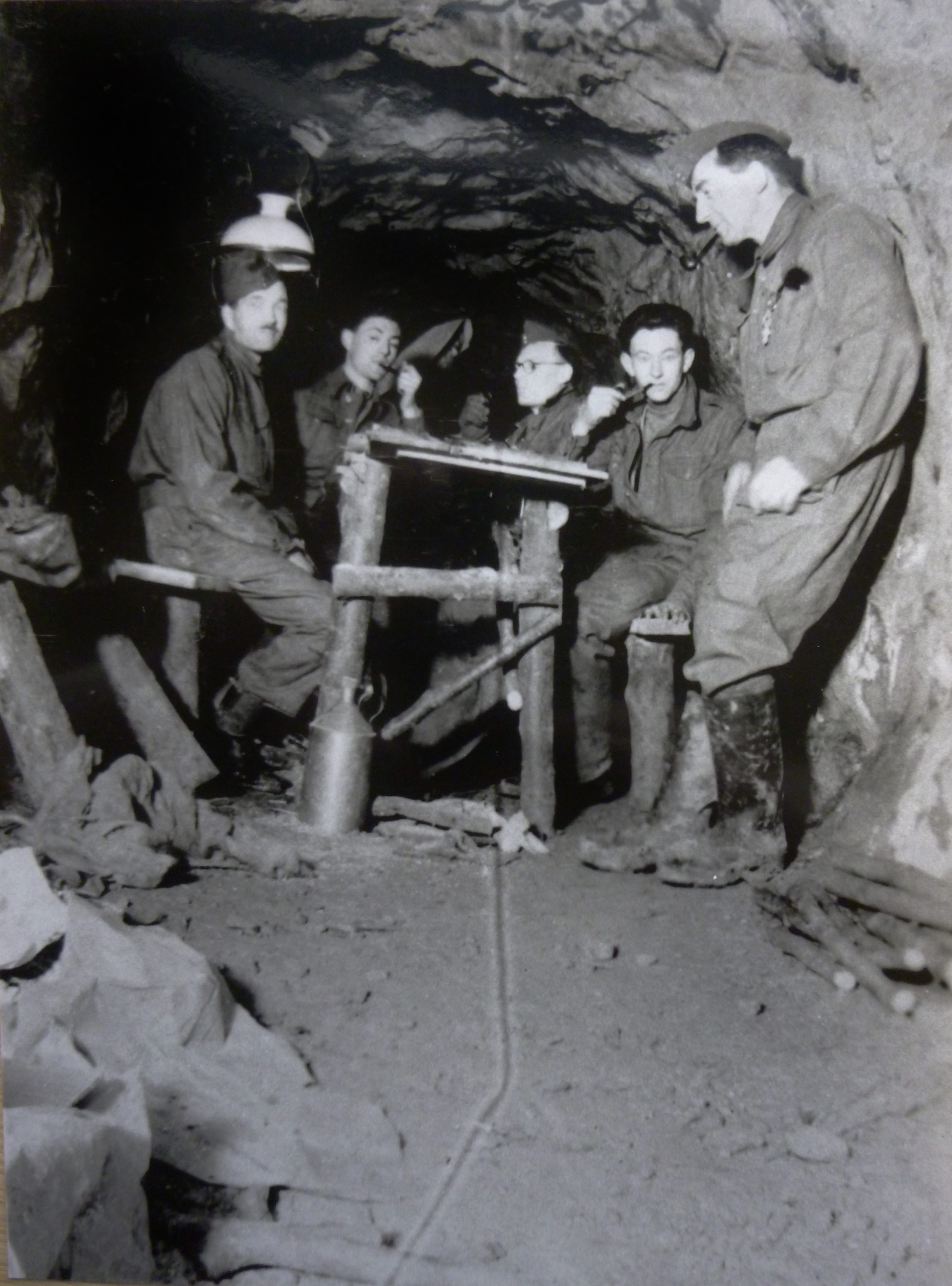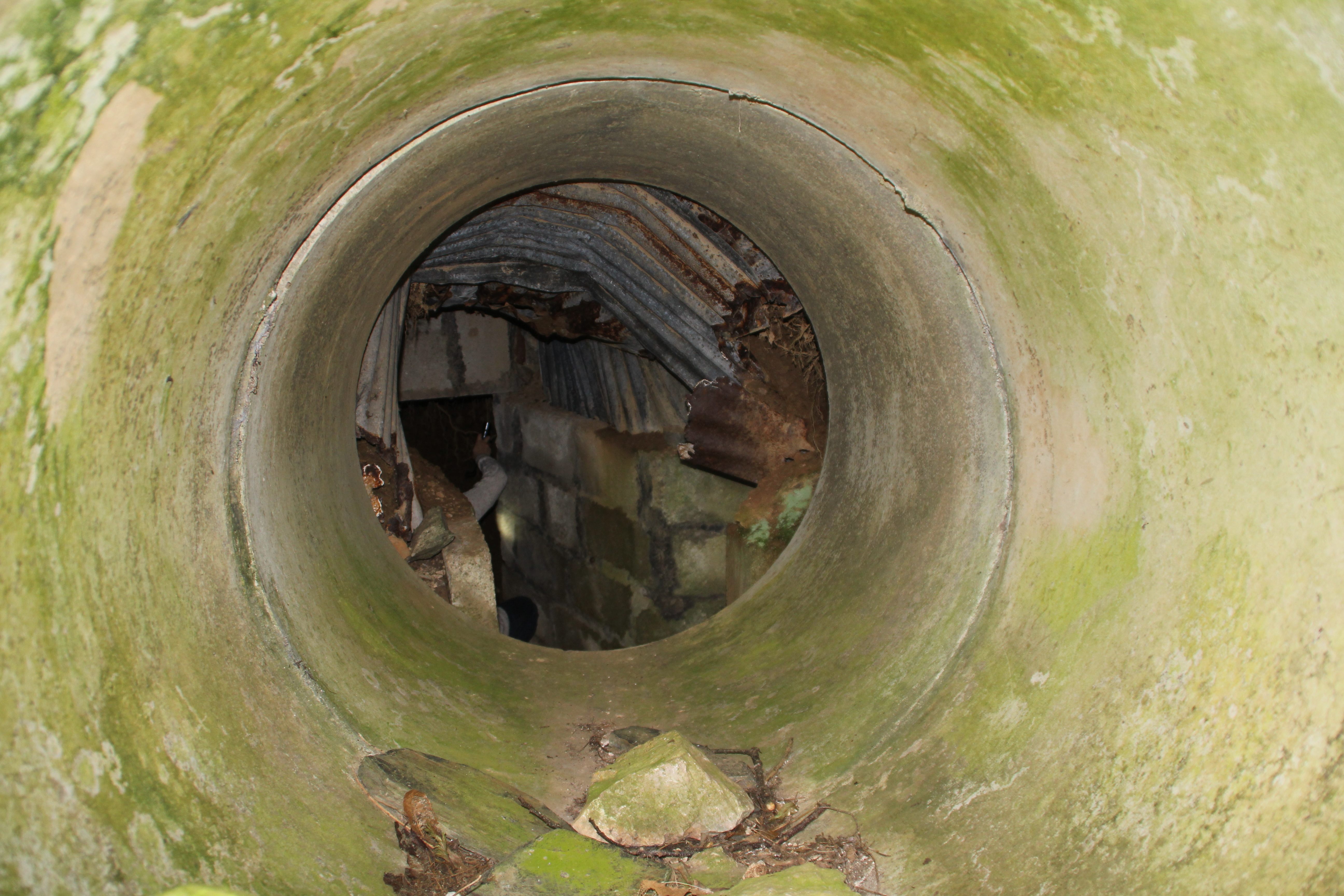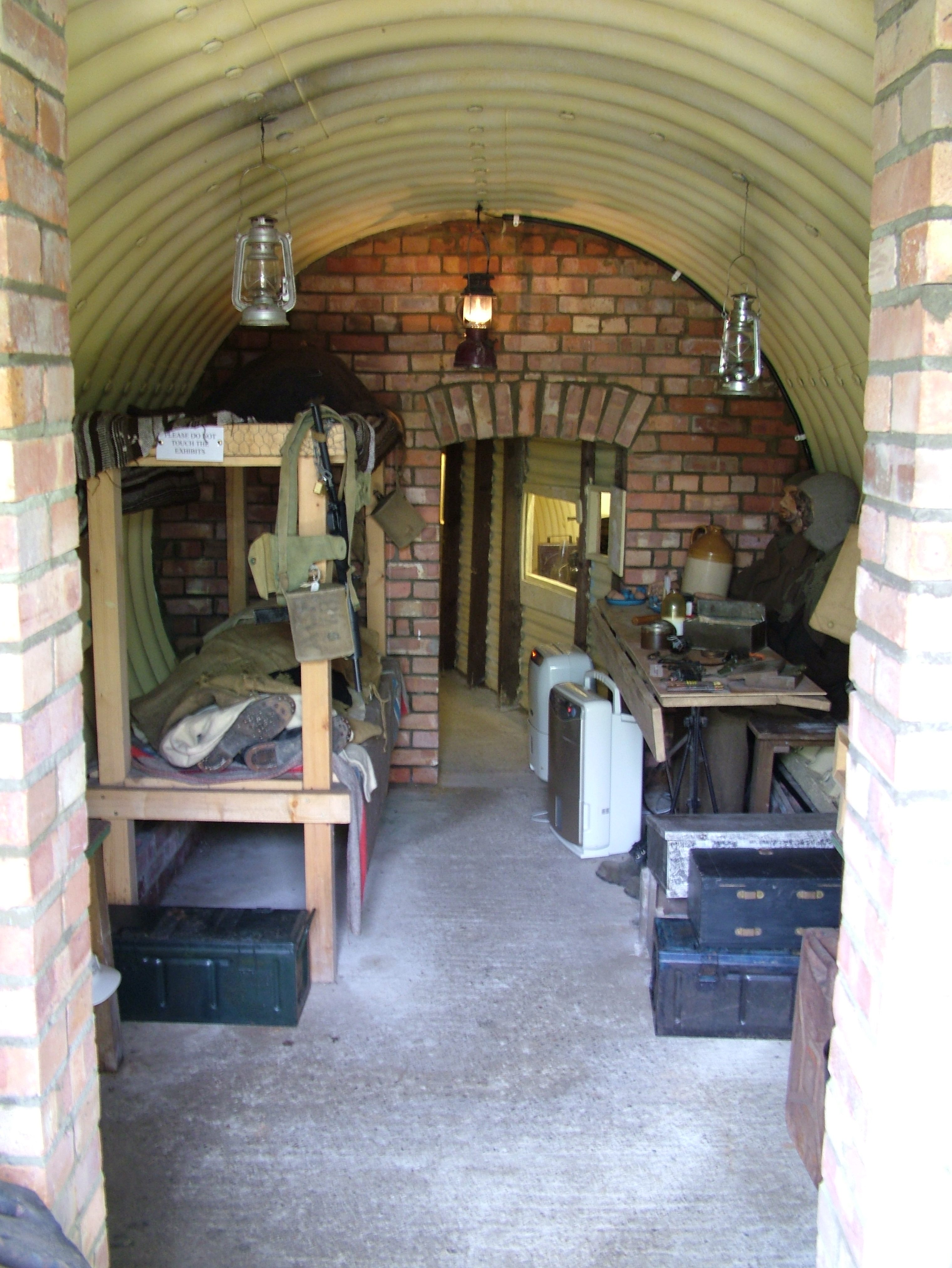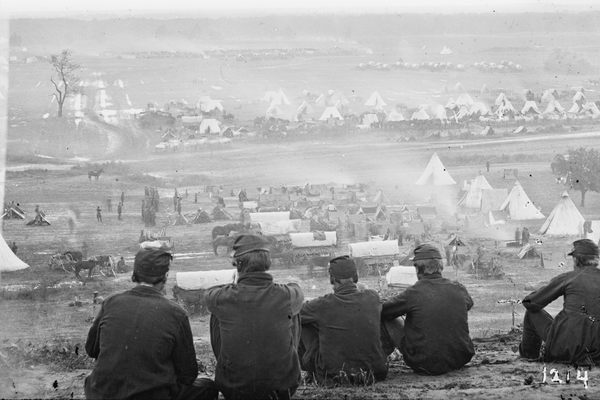There Are Hundreds of Secret Underground WWII Bases Hidden in British Forests
Built to fight a Nazi invasion, they remained unknown for decades.

It’s almost impossible to find one of Britain’s secret, underground military bases unless you know what to look for. In the years since they were built, starting in 1940, many of them have collapsed or fallen into disrepair. While the bunkers are no longer camouflaged today, they still guard their secrets. To the untrained eye, their entrances might look like random holes in the ground.
The enthusiasts working to document these bases—and the clandestine Auxiliary Units that manned them—know what they’re looking for, though. The bases are usually located in woody areas convenient to arterial roads, railway lines, and the other domestic infrastructure they were meant to disrupt.
During World War II, the British Army built more than 600 of these underground bunkers—possibly upwards of 1,000—to serve as bases for small groups of fighters who’d be mobilized in the event of a German invasion. These local Auxiliary Units weren’t meant to last more than a few weeks: they might slow the Nazi army down, but they’d likely die fulfilling that mission.

The bases weren’t meant to last, either. After the war, they were supposed to be destroyed, but many were not. For decades, they remained hidden in the woods: the men meant to use them had been told to keep the bases a secret, and they did. One of the only reasons they’re known at all is that historians, enthusiasts, and veteran Auxiliaries has been documenting the history of these covert units and seeking out the remains of their secret underground bases—when they can find them.
“It’s like the jewel in the crown if you find one with the roof still on,” says Tom Sykes, the founder of the British Resistance Archive, a network of researchers documenting this history and its remains.

In 1940, the Nazi Army was sweeping quickly across Europe, into Norway, Denmark, and France. Paris fell in June, and by the end of the summer, German bombers were attacking Britain’s harbors and cities, and it seemed possible that Germany might invade England.
Under these circumstances, the British War Cabinet approved the creation of Auxiliary Units, which would serve as an anti-invasion force, trained by the military to use guerrilla tactics against enemy forces. Each unit of eight or so men had its own operational base, often constructed with the help of the Royal Engineers.

These bases were, in many ways, exactly what you’d imagine a guerrilla base that was literally underground would look like. They had a somewhat standardized form: after digging a giant hole, engineers would lay a concrete floor and roof it with a half-cylinder of corrugated iron.
The bunkers were usually about 12 to 15 feet in length and tall enough to stand up in. At one end there would be an entrance shaft, lined with brick or corrugated steel, and at the other end an escape tunnel, often a tube made of concrete, running 20 to 30 feet away from the base.

These small quarters were furnished with wooden bunk-beds, basic cooking equipment, and chemical toilets. They were reasonably well ventilated and stocked with rations, including rum: one secret document recommended that unit leaders “Be scrupulously fair in its distribution, and not over lavish. Best issued on return from Patrol.”
Some of these bases, though, were more creative in their construction. One was built below the basement of an abandoned, burnt-out manor house. Another was built in a badger’s den; another in an old root cellar. In Scotland, some bases were built in centuries-old rooms dug by Picts, who lived in the region up until the early medieval period. One underground fort, intended for men who’d been routed from their own bases, according to David Lampe, who wrote about the Auxiliary Units in his 1967 book The Last Ditch, could have held 120 people.

Some of the entrances made use of ingenious mechanisms. One, Lampe reported, was hidden below a six-foot tree trunk that could be swung aside to reveal the entrance. Another had a doorbell of sorts—anyone trying to gain entry would have to find a marble left on the ground and send it down a hole that led to a can inside the bunker, alerting the doorkeeper inside. Even the basic entrances had a clever mechanism that lifted the doors up from the ground and allowed them to twist aside.
Because the Germans never invaded, the bases were never used for anything other than training. After the war, they were supposed to be destroyed, but many were simply left to decay. One, for instance, collapsed not long after the war under the weight of a cow.

Researchers with the British Resistance Archive have spent hundreds of hours trying to rediscover the locations of the bases. In most counties in Britain, they’ve found, there are one or two members of Auxiliary units still alive, and they can help locate the bases. If there are no obvious leads, a landowner or farmer in the area might know exactly where to look.
“Nearly all of them are on private land, and we never divulge where the exact locations are,” says Sykes. “We don’t encourage anyone to go looking for them.”
Today, Britain’s secret Anti-Nazi resistance bases are quickly disappearing: the archive’s researchers don’t try to preserve the ones they find, just document them so that there’s a record they were there at all, before the earth swallows them all back up for good.





















Follow us on Twitter to get the latest on the world's hidden wonders.
Like us on Facebook to get the latest on the world's hidden wonders.
Follow us on Twitter Like us on Facebook